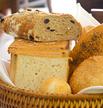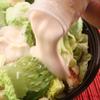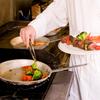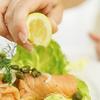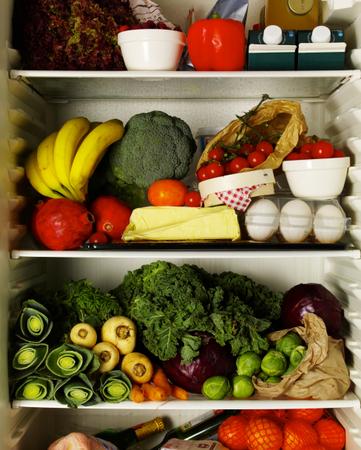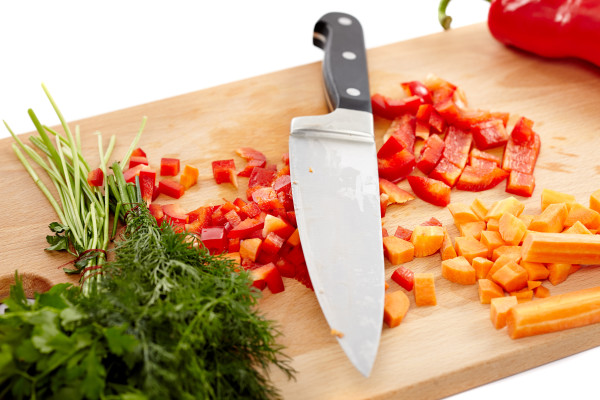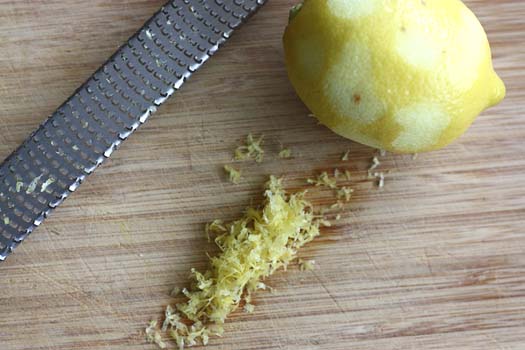8 Tips for Eating Out With Diabetes
Sticking to a diabetes meal plan is one of the most important parts. Knowing what foods to eat and which cooking methods are healthiest are key parts of eating well at home or when eating out. Following your meal plan becomes tricky when you aren’t the one preparing the food, but eating out doesn’t have to knock you off course. It’s possible to get delicious, healthy meals at restaurants and still stick to your diabetes diet.
For more information, please
Or call 718-477-LIVE (5483)
Dine on Time
If you take medication or insulin for diabetes, it's important that your meal plan for eating out is timed right. First choice is a restaurant that accepts reservations so you can time your meal accordingly. If reservations aren’t an option, avoid dining at peak hours when you’re likely to have longer wait times. If you still find that you're waiting longer than anticipated, ask for a serving of fruit or bread while you wait, or go to the bar and see if you can order an appetizer that fits your diabetes meal plan. Then later, if your meal arrives with fruit or starch, offer it to someone else in your party or take it home so you won’t be tempted to overeat.
Ask Questions
Asking questions is the only way to know if you’re getting healthy meals at restaurants. To be sure that a menu item fits your diabetes meal plan, don’t be shy about asking if it has butter or salt added. And if it does, ask that the ingredient be left out. Apply the same scrutiny to the side dishes — if they won’t fit your type 2 diabetes diet, ask whether extra steamed vegetables can be substituted, or simply have the unwanted side left off your plate.
Pay Attention to Carbs
The body uses carbs for energy, so they're a necessary part of every diet, including one for type 2 diabetes. Problems arise when you have too many carbs at one time because they affect your blood sugar (glucose). Choosing to eat low-carb foods like vegetables or high-quality carbs such as whole grains is important to help keep your blood sugar in target range. There are three main types of carbs: sugars, which can be the natural sugars in fruits or added sugars in processed foods; starches, such as whole grains and legumes; and fiber, which is the indigestible part of plant foods. When eating out with diabetes, you’ll want to stay away from or limit sugars and refined grains (including white bread), have a controlled amount of high-quality starches, and fill up on fiber, which can actually help you control your blood sugar. Choosing a spinach salad with added protein, such as grilled chicken or fish, can be a great low-carb option for lunch or dinner.
Beware of Hidden Sugar
The dessert sections of most menus shout “sugar,” but you might be surprised at the amount of sugar in other items on the menu when you’re eating out with diabetes. Just 1 tablespoon of honey has 4 ½ teaspoons of sugar, and 1 cup of fruit in heavy syrup has 12 ½ teaspoons of sugar, so you probably want to avoid dishes that use these sweet ingredients. Even salads can have a lot of sugar if you aren’t careful. Ask for dressing on the side or drizzle your greens with oil and vinegar to avoid hidden sugars in some salad dressings.
When you’re ordering healthy meals at restaurants, watch what’s in the beverages, too. A 12-ounce serving of regular soda has 9 ½ teaspoons of sugar, but even an 8-ounce serving of natural fruit juice, such as grape or orange juice, has more than 6 ½ teaspoons of sugar. If you choose to include fruit juice (a good source of vitamins) in your type 2 diabetes diet, Jan Elsten, RD, a dietitian and certified diabetes educator at Indiana University Health Ball Memorial Hospital in Muncie, recommends having no more than 4 to 8 ounces a day.
Have It Cooked "Your Way"
When eating out with diabetes, don’t be afraid to ask your server if an entree can be baked, grilled, or broiled instead of fried. These healthier cooking methods also remove the extra calories from breading and oil ‐ you can “spend” those calories on more nourishing foods or, as Elsten points out, simply skip them if you’re trying to lose pounds or maintain a healthy weight, an important part of managing diabetes. And if you find yourself unable to avoid fried food, remember that removing the outer breading before eating it will help you cut back on fat and calories in your type 2 diabetes diet.
Be a "Plain Jane"
When a dish is served swimming in butter, sour cream, dressing, or a creamy or cheesy sauce, you're getting loads of excess calories and fat — not what you want in your type 2 diabetes diet. When you're eating out with diabetes, Elsten recommends asking for your order to be served plain, with any sauces served on the side so you can control the amount you eat. To limit the amount of sauces and salad dressings, try dipping your fork in the sauce or dressing and then in your food — you'll get the flavor of the sauce or dressing without saturating your dish. Fresh fish tastes great as is, but if you're missing a sugary glaze or sauce, add some zest with a fresh squeeze of lemon.
Pay Attention to Portion Size
Quite often the servings in restaurants are more generous than anyone needs at one meal, making it twice as hard to stay on your type 2 diabetes diet. “The sizes are too large for anybody, regardless of whether you have diabetes or not,” Elsten says. So split a meal with one of your dining companions when you’re eating out. Or, she suggests, “before it’s even served to you, have half of the meal boxed up to take home with you — then you have lunch for another day,” a great tactic for your diabetes meal plan. To monitor your portion sizes, you also need to be aware of how much you’re eating while waiting for your entree — bread baskets, chips and salsa, and appetizers need to be counted in your total carbs and calories for the meal.
PHONE: 718.477.LIVE (5483)
FAX: 718.477.5480



